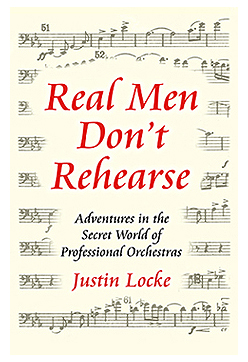So I came across this thing on the Gallup site, that 71% of American workers are “disengaged” at work.
http://www.gallup.com/poll/150383/majority-american-workers-not-engaged-jobs.aspx
Yikes.
This got me to thinking. While I endlessly speak about why the great conductors were great, this phrase, “employee engagement,” really captures what I am trying to explain. These great conductors were masters at employee engagement. In fact, it was pretty much ALL they did.
Once they got the orchestra players “emotionally engaged,” they really didn’t have to do much else, except maybe (MAYBE) tweak here and there. No sweat, no heaving baton waving. You don’t need to tell the Boston Symphony how to play the Nutcracker Suite. They all know how it goes. Geez, some of them studied with people who knew Tchaikovsky. Just give us the “on your mark get set go,” and then just sit back and take all the credit.
This cultivation– or prevention– of “employee engagement “ was the one true difference between the great conductors and the also-rans.
It was amazing to me how many conductors could not figure this out. I finally figured out why. If you have a need for control, passive disengaged entities are far more appealing than a bunch of rabid self-motivated people who are eager to get going and probably know more than you do anyway. It can be very intimidating when the people you are “in charge of” take off on their own. This is why so many people do not like “employee engagement.”’ It represents a loss of power.

People tend to project a standard industrial management stereotype over the orchestra world, and assume that an orchestra is a bunch of inert entities who need to be prodded into working at higher levels. This is just not so. Employee engagement (or for that matter, student engagement) happens naturally. The problem is not creating it, the problem is, how do we stop ourselves from getting in the way of it, due to fear that leads to a need for a sense of control?
© Justin Locke
